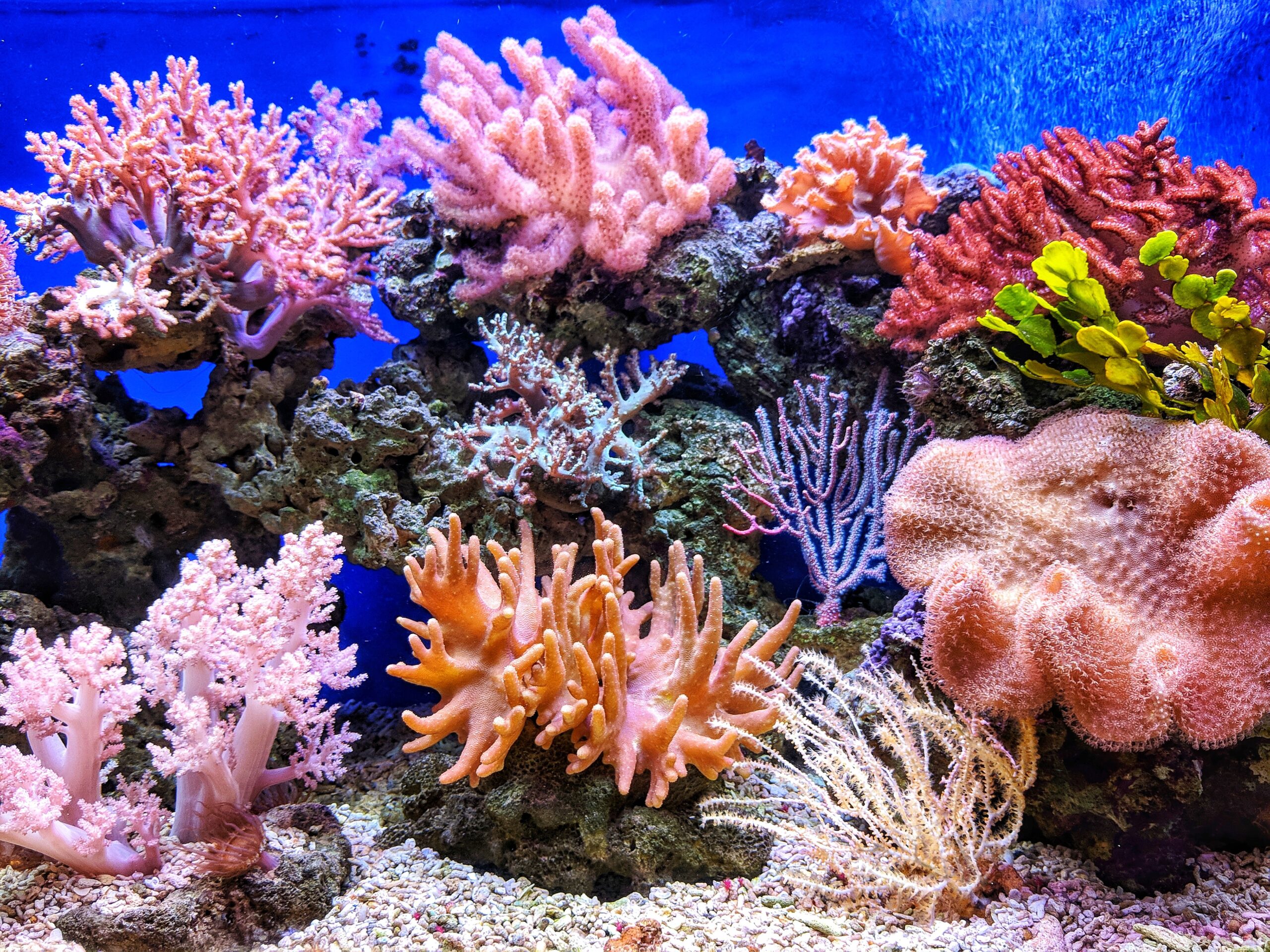When it comes to the beauty and diversity of coral reefs, one cannot overlook the mesmerizing Brain Coral (Diploria spp.). Named after the intricate patterns on its surface that resemble the folds of the human brain, this unique coral species is a true marvel of nature.
Brain Coral is commonly found in the warm tropical waters of the Caribbean Sea and the western Atlantic Ocean. It belongs to the family Faviidae and is known for its large, dome-shaped colonies that can grow up to several meters in diameter.
One of the most fascinating features of Brain Coral is its intricate and complex structure. The surface of the coral is covered in ridges and valleys, resembling the convoluted surface of a brain. These ridges are actually made up of individual coral polyps, which are tiny organisms responsible for building the coral structure.
The polyps of Brain Coral are colonial, meaning they live together in a large community. Each polyp has a hard exoskeleton made of calcium carbonate, which provides protection and serves as the building block for the coral colony. The polyps have tentacles with stinging cells called nematocysts, which they use to capture plankton and other small organisms for food.
Despite its hard and rocky appearance, Brain Coral is actually a living organism. It is a type of stony coral, which means it secretes a hard skeleton made of calcium carbonate, just like other corals. The coral polyps live on the surface of this skeleton, while the rest of the colony grows on top of it.
One of the most important roles played by Brain Coral is its contribution to reef building. Coral reefs are among the most diverse ecosystems on Earth and provide a home to countless marine species. Brain Coral, along with other coral species, plays a crucial role in building and maintaining these vibrant underwater communities.
Brain Coral is a slow-growing species, with new growth occurring at a rate of only a few centimeters per year. This slow growth makes the coral vulnerable to various threats, including climate change, pollution, and overfishing. As a result, many coral reefs around the world, including those inhabited by Brain Coral, are facing serious decline.
To protect and conserve Brain Coral and its fragile habitat, it is important to raise awareness about the importance of coral reefs and the need for their preservation. By reducing carbon emissions, practicing sustainable fishing methods, and supporting marine protected areas, we can help ensure a future for Brain Coral and the countless other species that rely on coral reefs for their survival.
